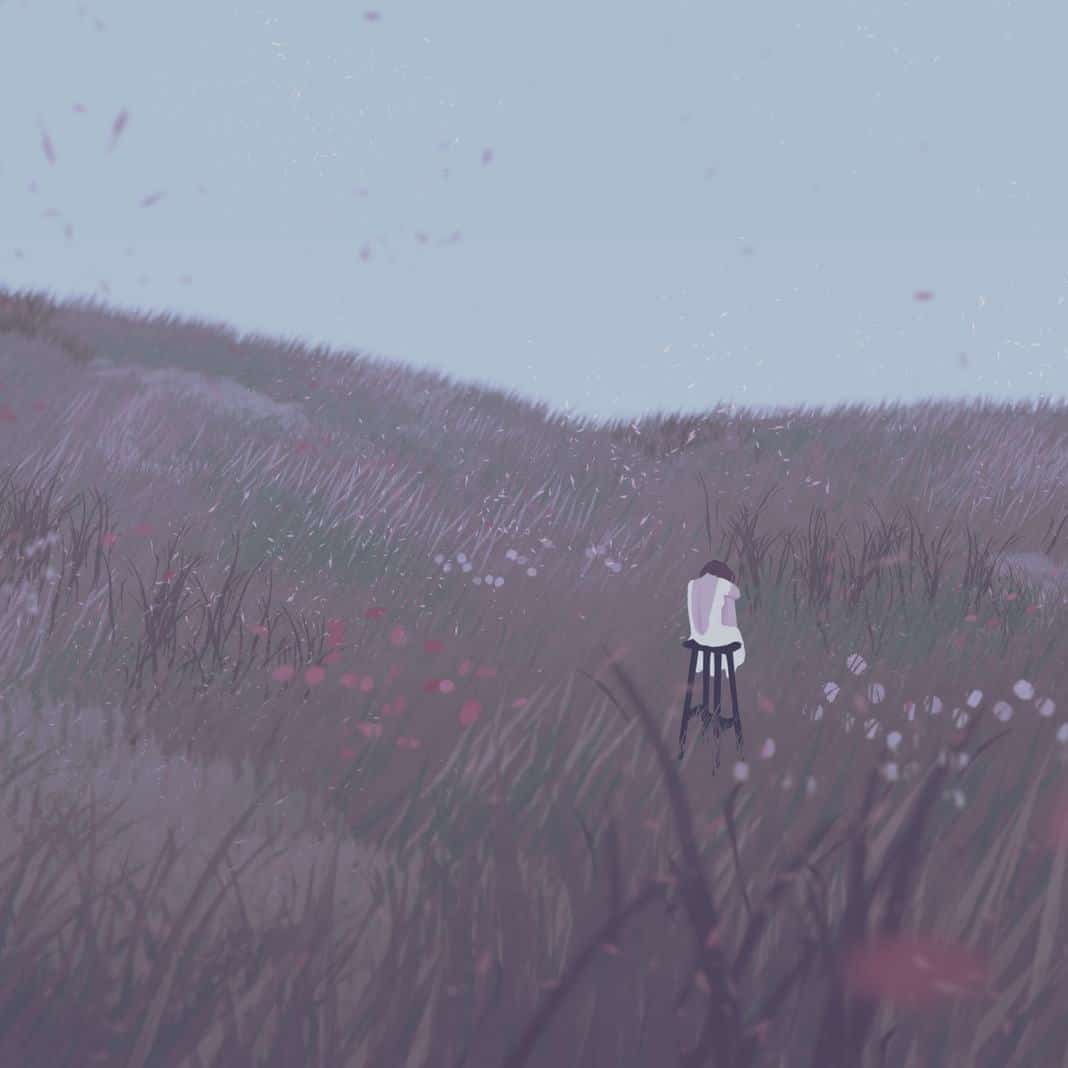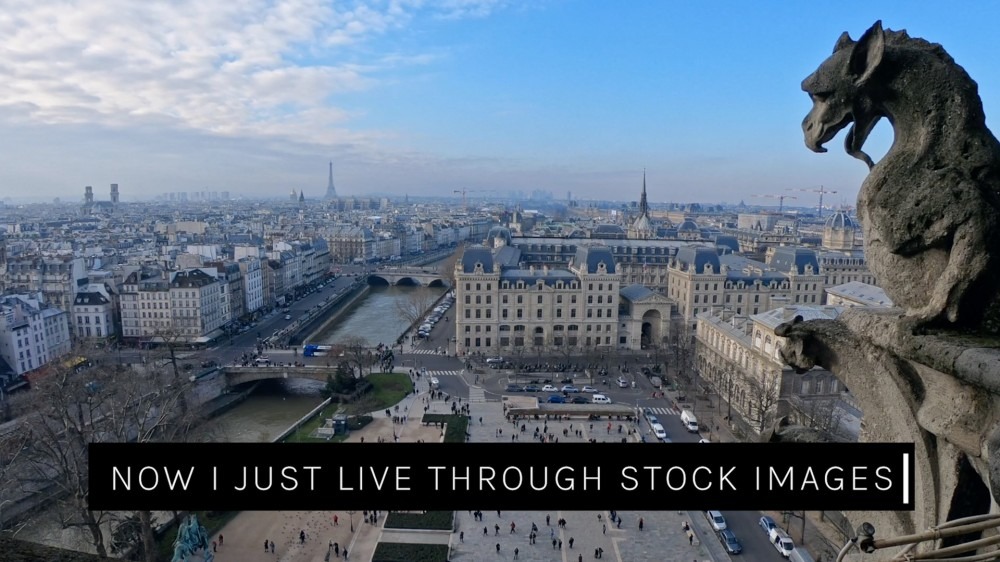
Shuang Li & Osheyack reflect on the death of the image in ‘Still’
Multidisciplinary artist Shuang Li weaves together stock footage into glossy artificial textures, illuminating the flattened Vocaloid emotion of Osheyack’s astonishing ‘Still’.
‘Still’ is the astonishing centrepiece of Osheyack’s latest album for SVBKVLT, Intimate Publics, a haunting sonic assemblage of deep ambient rumble and the reverberant ricochet of stock samples lifted from Yamaha’s Vocaloid software, a singing voice synthesizer frequently used to breathe life into Japanese virtual idols. Initially composed to accompany multidisciplinary artist Shuang Li’s video work ‘How Come An Image,’ which itself provided the centrepiece to her solo exhibition at Peres Projects, Nobody’s Home, the track layers superlatives like ‘will you still care for me?,’ ‘I’m close to you’ and ‘I want somebody to love,’ slurring the sense-making function of the Vocaloid’s stock phrases, rendering them unintelligible. By working almost entirely with stock phrases, Osheyack amplifies the raw emotion of the simple expressions and the uncanny euphoria of the Vocaloid’s delivery while subversively revealing the synthetic nature of such a response, gesturing towards a machine intimacy indecipherable to those lacking the correct algorithm. In an extension of their collaboration, Shuang Li achieves the same effect with stock footage in her music video for the track, weaving together glossy vignettes seamlessly into an identifiably artificial narrative.
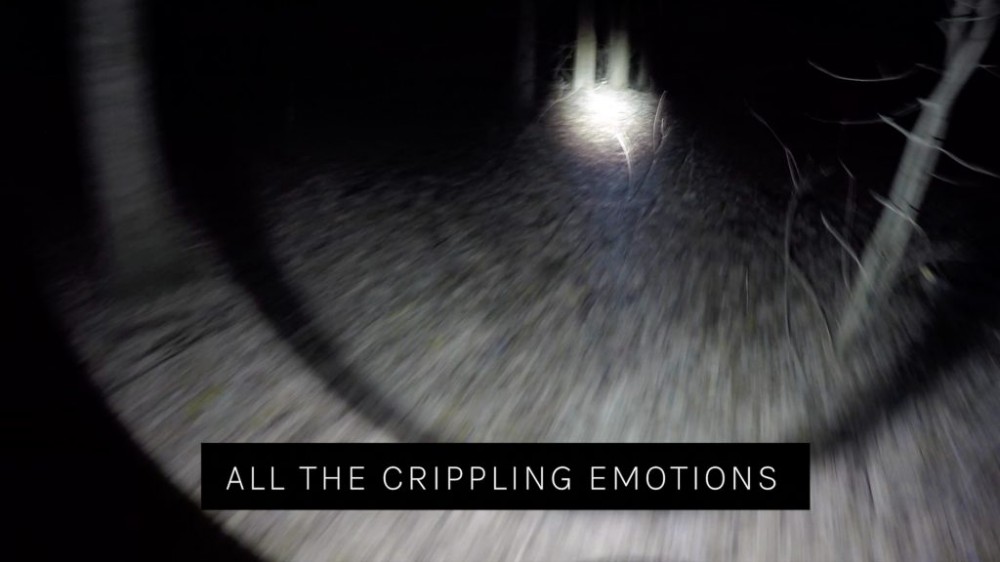
The ease of which it is possible to access technologically-generated emotion, as well as how precarious such a process is, is explored in the work’s monologue, which the artist carries over from ‘How Come An Image.’ That work explored the entropic effects of the infinite scroll, with a series of images reproduced in relentless sequence, virtual fingers dictating tempo and direction, each gradually decomposing and losing pixels with each cycle, eventually disintegrating into cherry blossoms. Li’s monologue reflects on this depiction of the death of the image in the age of social media, narrating this experience from the perspective of the image itself. “It all started from the centre of all the attention. When I used to stop time and bring back the dead,” it recalls. “But time has never been an ally. It is actually my stalker.” The blink of a phantom cursor presents the illusion of the autocorrect function of some unseen word processor, or generative language models like GPT-3, simultaneously lending the image’s words a diaristic quality while gesturing towards the nature of their synthesis, an artificial system coming to terms with its own decomposition. As Li’s selected stock images blend into one another, the elevated nonsensicality of their pairing reveals itself: helicopters melting into sea turtles, milk into barbed wire.
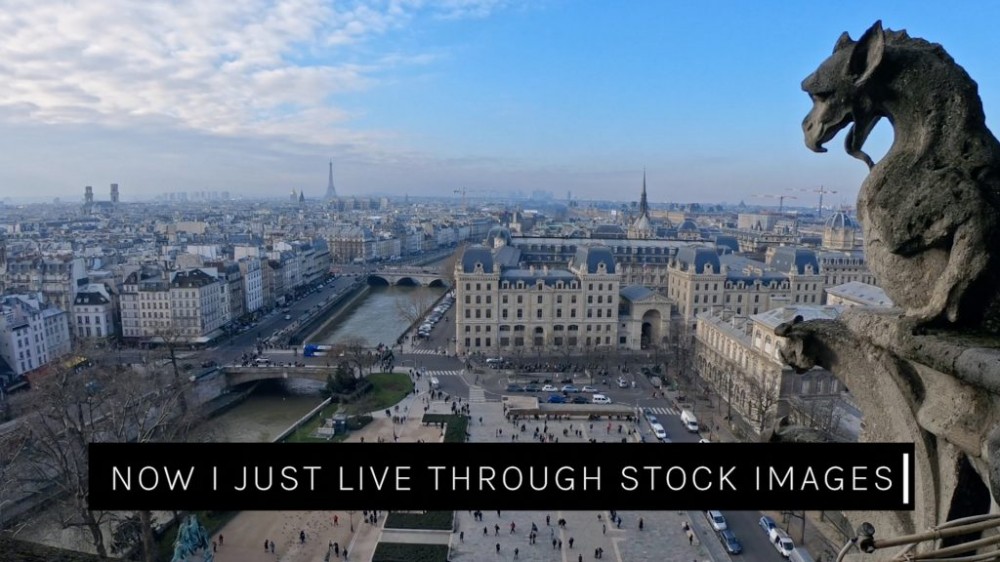
“If you can go back to December 2019 would you do anything differently,” the image poses, speculating on its own existence pre-pandemic. “I think I still will leave, but this time I won’t look back.” Glancing back to a time before the platform wide proliferation of suggested social media content, before the Instagram algorithm was considered important enough to find its way onto daytime talk shows and the Kardashians’ main feeds, Shuang Li considers what it means for an image to die in an era when all images seem infinite and everlasting. With this work’s monologue, the suggestion is that the flattening of everything into content poses as much of a problem to the image as it does it its audience, this existential anxiety personified in this image’s dying words. “All the crippling emotions seem so far like yesterday,” the image admits. “Now I just live through stock images, one after another, playing Russian roulette faster and faster, till I don’t exist.” Like Osheyack’s scrambling of synthetic emotion via superimposition, the manipulation of stock imagery over the course of the video’s duration triggers a similarly destructive urge in the image, an urge which it ultimately understands as self-reflexive.

“A spike through the heart doesn’t do a thing, so I grabbed it and stabbed across my stalker’s,” the image reveals. “Now I live in a vacuum where time doesn’t exist. But I forgot to mention, time and me are only co-existing. So now I’m watching the end of me.” By exploring the simultaneously generative and entropic potential synthetic audiovisual technologies have for emotive expression both Shuang Li and Osheyack locate their respective mediums as hung in a delicate balance, suspended in the inertia of developing technologies and the ways in which they are rapidly changing our relationship to sound and image. By combining music, text and image that are each, in their own ways, at odds with their intended function, the artists simulate this strange feeling of being overwhelmed by your own tools, competing stock material fusing into something beyond the artist or the audience’s comprehension.
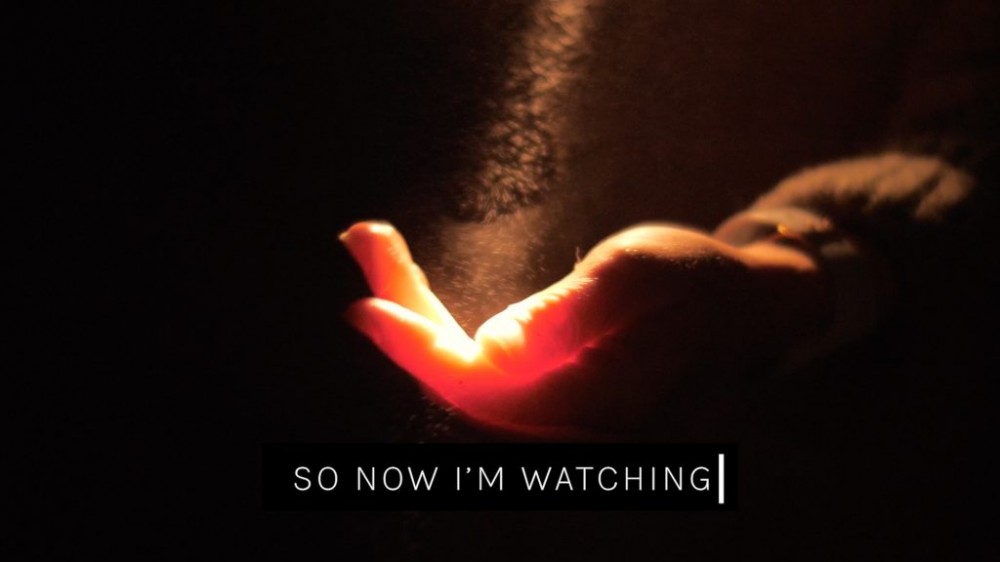
‘Still’ is taken from Intimate Publics, which is out now on SVBKVLT. For more information about Osheyack you can follow him on Instagram.
You can find Shuang Li on Instagram.



